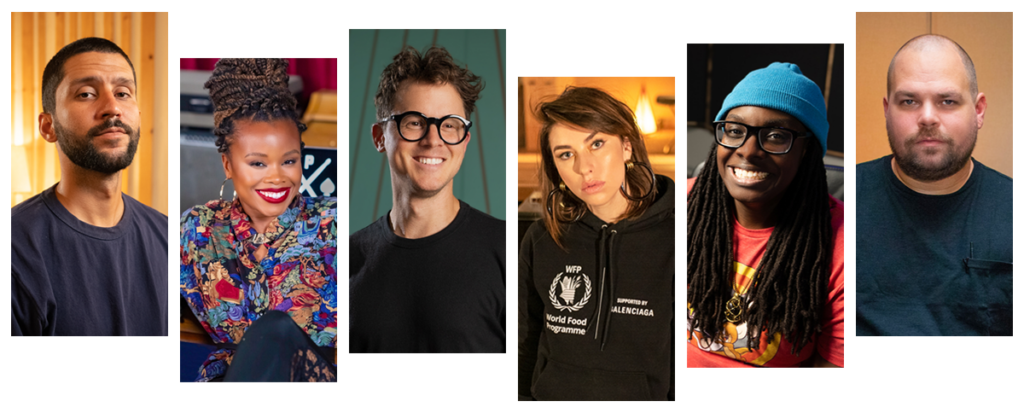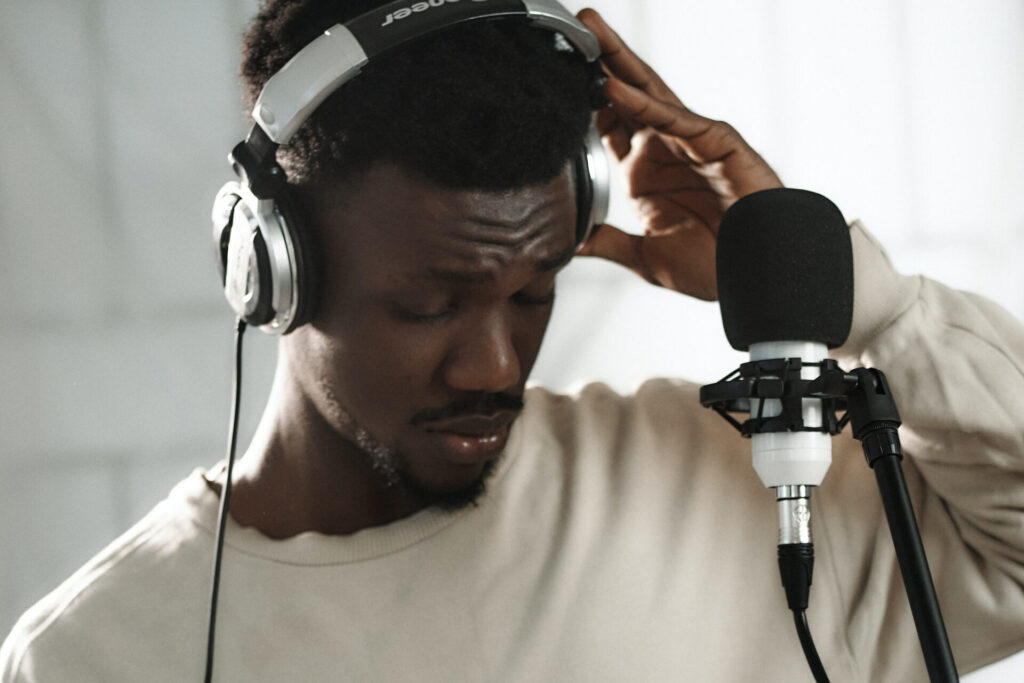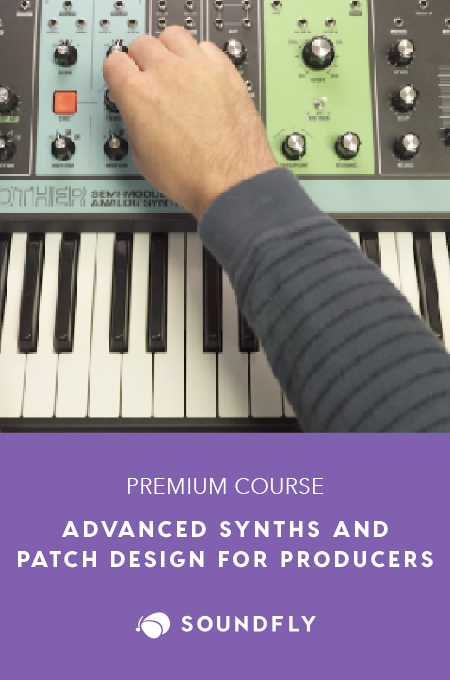+ This exclusive lesson is presented courtesy of Soundfly’s newest course, Elijah Fox: Impressionist Piano & Production. Sign up today to take your modern jazz piano and hip-hop beat making skills to new heights.
You probably spend a lot of time thinking about how to practice and learn more effectively. You probably also spend a lot of time thinking about how to perform more optimally, and what you have to do in that moment to play your best.
But as performance science researcher Aaron Williamon noted in his podcast episode a few months ago; there’s a third element that’s helpful to include in the practice-performance equation. And that’s what we ought to do after a performance — the post-performance review.
But why does this matter?
Well, whether it’s a big audition or small studio class performance, how we engage in the reflection process can affect our confidence and motivation moving forward — which in turn could change how you approach practicing and feel going into your next performance.
So, what should this process look like? Well, before we get to that, let’s take quick look at the upside of failure, the downside of success, and how this could affect what our review process ought to look like.
The Upside of Failure
Falling short of our goals and expectations can obviously feel pretty crappy. Like someone has shoved their fist inside our chest, Mortal Kombat-style, and twisted everything up inside. So when we have the opportunity to spare our kids, students, or colleagues this pain, it’s kind of a no-brainer, right?
Whether it’s correcting their homework to make sure they get A’s, or telling them exactly what fingering to use to solve a tricky shift, it’s tempting to leverage our hard-earned knowledge and spare them the struggle.
But from a learning standpoint, this might not always be in their best interests in the long term.
Feeling rotten can be a powerful motivator for change. It can push us to take another look at how we’ve been doing things and search for a better way. And we might ultimately learn much more, and gain more confidence in ourselves as a result of having overcome the challenge.
Of course, this is all moot if we are so discouraged by the failure that we spend the weekend downing pints of Cherry Garcia while binge-watching all nine seasons of The Office.
So…how exactly are we supposed to learn from failures?
We’ll look at that in a minute, but first, we should talk for a moment about the downside of success. Wait, what? Success has a downside?
+ Read more on Flypaper: “What Super Mario Brothers Has to Do With Music Education.”
The Downside of Success
Success certainly feels much better than failure, and can increase confidence in our abilities — but there are actually some significant downsides to success when it comes to learning. As Bill Gates once said, “Success is a lousy teacher. It seduces smart people into thinking they can’t lose.”
In other words, when we’ve experienced success, it’s easy to become complacent.
After all, success doesn’t give us that inner anguish that motivates a change. And since success increases confidence in what we are already doing, we are less likely to engage in exploratory behaviors. Which means, we end up sticking with a much narrower range of possibilities, and often learn less from successes.
For instance, maybe your upbow staccato is good enough in something like Saint-Saëns’s Introduction and Rondo Capriccioso , so you never think to explore other right hand finger positions, wrist pronations, or arm angles. But then you encounter Elgar’s La Capricieuse , and suddenly realize that just stiffening your arm and thinking “GO FOR IT! AAHHHH!!!” isn’t going to do the trick.
So the very real challenge with successes is figuring out how to keep our motivation high, and continue to explore new possibilities that may not work at first, but might be better in the long run.
What does all of this say about what an effective post-performance review process might look like?
+ Learn production, composition, songwriting, theory, arranging, mixing, and more; whenever you want and wherever you are. Subscribe for full access!

How to Do an Effective Post-Performance Review
Well, here’s a basic three-step reflection process, based on a 2014 research paper by Ellis et al., that you could start with.
Step 1: Self-explanation
The first step is to take a closer look at what specific actions contributed to your success or failure. For instance, what did you do while waiting to go on stage? Who did you talk to? What did you talk about? How did this affect your focus and impact your performance?
The key is to connect the success or failure of your performance to specific actions that you can control.
Step 2: Data verification
The next step is to do a little “counterfactual” thinking to take a closer look at what you did and imagine alternate actions you could have taken — and how this might have changed things.
For instance, how else could you have spent your time off-stage waiting for your turn? What might have happened if you kept to yourself, closed your eyes, ran through the opening a few times in your head and visualized how you wanted things to go instead?
Step 3: Feedback
Feedback takes two different forms. The first, is “outcome” feedback. As in, did you succeed? Or did you fail? If you don’t know if you succeeded or failed in meeting your goals, you’re probably not going to be especially motivated to do very much…
The second type of feedback is “process” or performance feedback. What worked? What didn’t work? What should you try changing next time? What did you learn from the experience?
This is where you get to game plan for the next performance. To figure out how to tweak your preparation, your approach, and ensure that you’ve learned everything you possibly could from the last performance, so that your next performance will be better than the last.
Pretty straightforward, right? Maybe, but this process is missing one very important variable.
What to Focus on After a Failure
So here’s where things get interesting. To maximize our improvement from one performance to the next, it appears we may have to focus on different things after successes and failures.
Drawing from previous research in this area, the authors explain that after disappointing performances, we’re most likely to perform better in the future if our post-performance review focuses on both the specific errors we made AND the specific things we did well.
Presumably, if we focus only on our mistakes after failures, we might get discouraged and spiral into that unproductive bad place (filled with Ben & Jerry’s).

What to Focus on After a Success
Conversely, after a successful performance, it seems that we will learn and improve the most if we focus only on our errors.
Because if we focus too much on the things we did well when reviewing successes, we start feeling all warm and fuzzy inside. Which could potentially reduce our motivation to explore new ways to improve (so we end up learning and improving less).
+ Read more on Flypaper: “How You Define “Success” Says Everything About Whether You’ll Actually Succeed.”
Take Action
I don’t think that your post-performance reflection has to be quite as black and white as I’m making it out to be, but I do like the idea of a process that isn’t once-size-fits-all, and changes depending on how you feel about your performance. So as to ensure that you’re always in the most optimal headspace for learning and growing, whether you’re pleased with how you played, or not.
So if you’re listening back to a recording of a less than awesome performance, be sure to listen for things that you did well, and not just the things that make you cringe.
And what to do if you just had one of those good days where everything just worked and you’re feeling great?
Well, as tempting as it might be to move on without any reflection at all, this may be the perfect time to identify the little things that you didn’t have the awareness or bandwidth to pick up on before, but represent the next step forward in your playing.
Play Your Heart Out!
Continue your learning adventure on Soundfly with modern, creative courses on songwriting, mixing, production, composing, synths, beats, and more by artists like Kiefer, Kimbra, Com Truise, Jlin, Ryan Lott, RJD2, and our newly launched Elijah Fox: Impressionist Piano & Production.
—
Performance psychologist and Juilliard alumnus & faculty member Noa Kageyama teaches musicians how to beat performance anxiety and play their best under pressure through live classes, coachings, and an online home-study course. Based in NYC, he is married to a terrific pianist, has two hilarious kids, and is a wee bit obsessed with technology and all things Apple.




